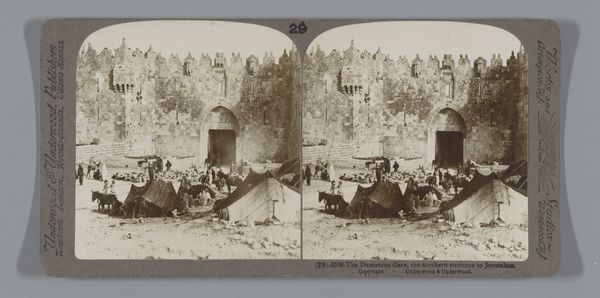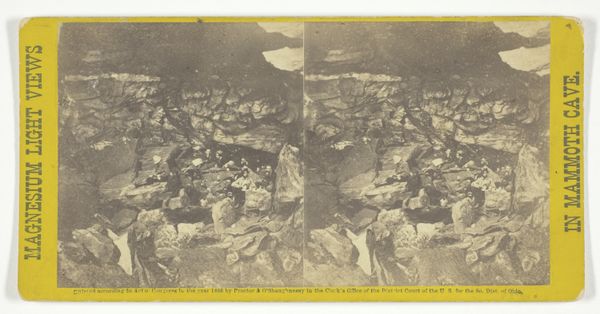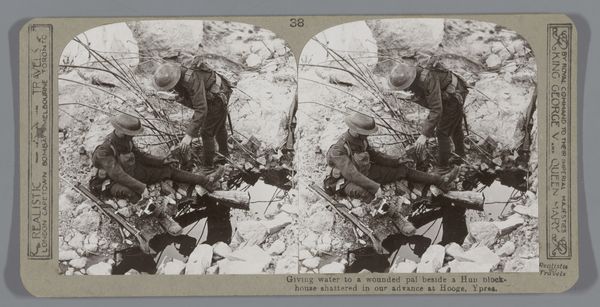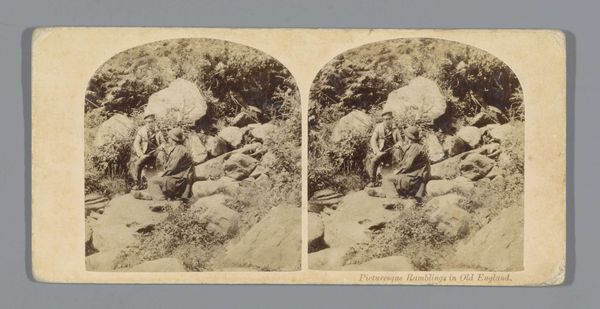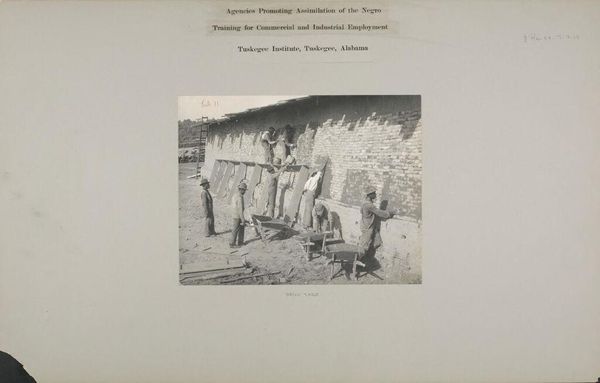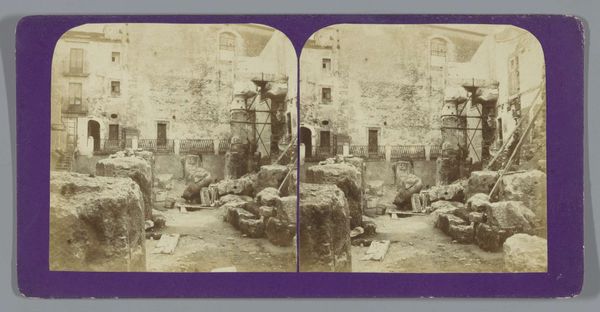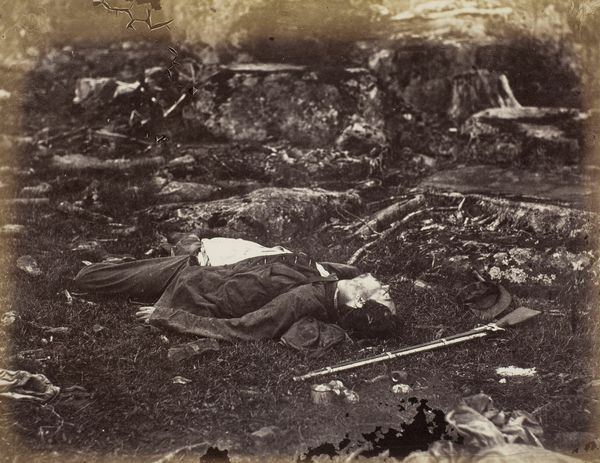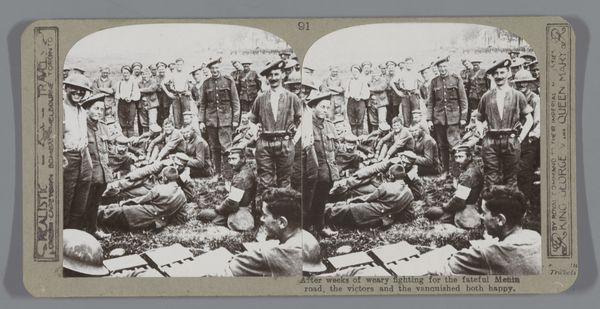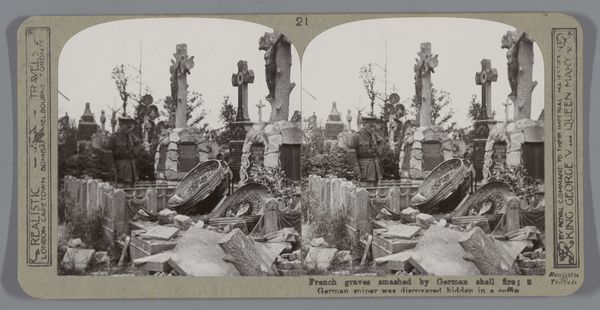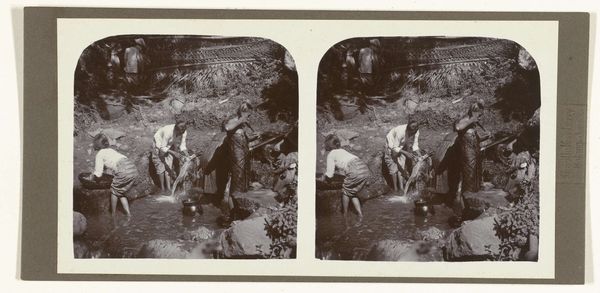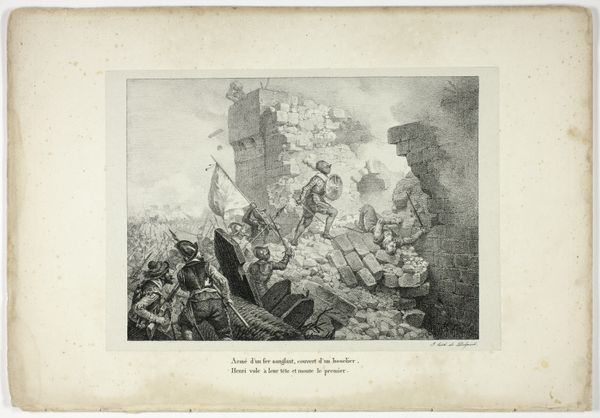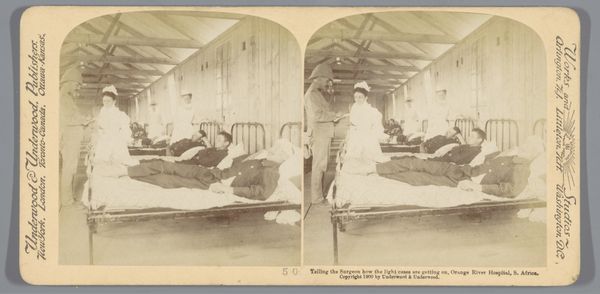
R.A.M.C. at Monchy dressing station attending to wounded coming down from the line c. 1917
0:00
0:00
Dimensions: height 85 mm, width 170 mm
Copyright: Rijks Museum: Open Domain
Editor: This gelatin-silver print, taken around 1917, captures the "R.A.M.C. at Monchy dressing station attending to wounded coming down from the line." It's stark and affecting. There’s a palpable sense of exhaustion in the scene. What do you see in this photograph? Curator: Beyond the immediate impression of exhaustion, I see a meticulously constructed image deeply embedded in the socio-political context of the First World War. The very act of documenting the R.A.M.C. – the Royal Army Medical Corps – at work functions as propaganda, sanitizing and glorifying a brutal conflict. What does it mean to frame suffering within the parameters of heroism and duty? Editor: That's interesting. I hadn’t considered the propagandistic angle. It's so… raw. But you're right, there's a deliberate choice in what to show and what to omit. Is that common for photographs from that time? Curator: Absolutely. Visual representations of war were heavily controlled. Consider the power dynamics inherent in this scene: who gets to tell the story, whose suffering is visible, and how does this image perpetuate specific narratives about British heroism and sacrifice? The inclusion of "R.A.M.C." emphasizes not the soldier, but an idealized form of the hero. Where's the human underneath the idea of being a wounded soldier? Editor: So, the image isn’t just showing us a dressing station, but also reinforcing particular ideas about war and national identity. Is there a resistance to this narrative at that time? Curator: Yes, although less frequently visualized in mainstream media. Unofficial images, literature and memoirs from the trenches often revealed the horrors omitted from sanctioned portrayals, challenging these dominant narratives of heroism. What’s powerful is to view those photographs as social documentation as well, and not just portraits of the period. Editor: That adds so much more depth. I now understand how seemingly straightforward documentary photographs like this one can be complex sites of political and social messaging. Thank you. Curator: It reveals how art history is inherently connected to a broad field of issues surrounding identity, gender, and race. Thank you.
Comments
No comments
Be the first to comment and join the conversation on the ultimate creative platform.
